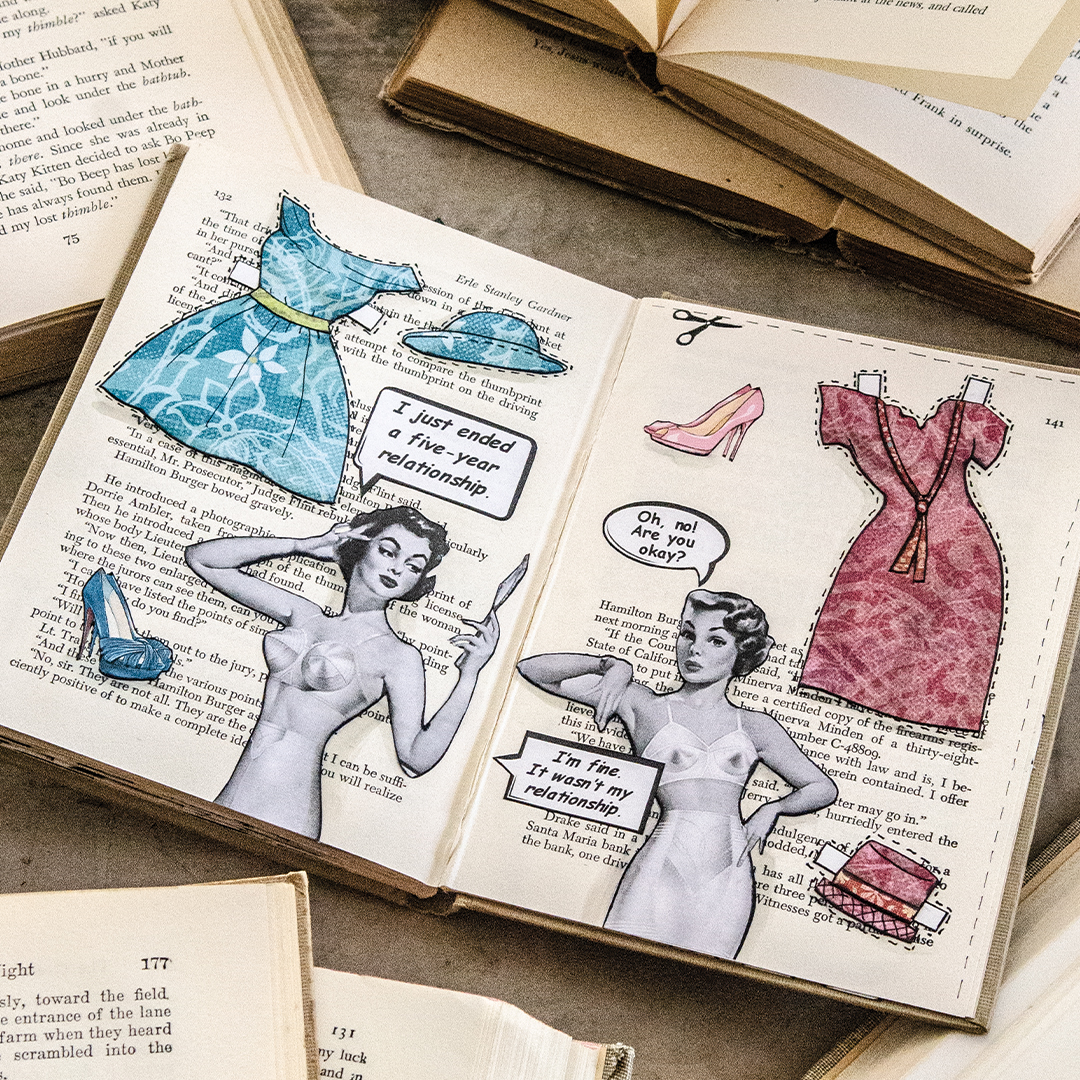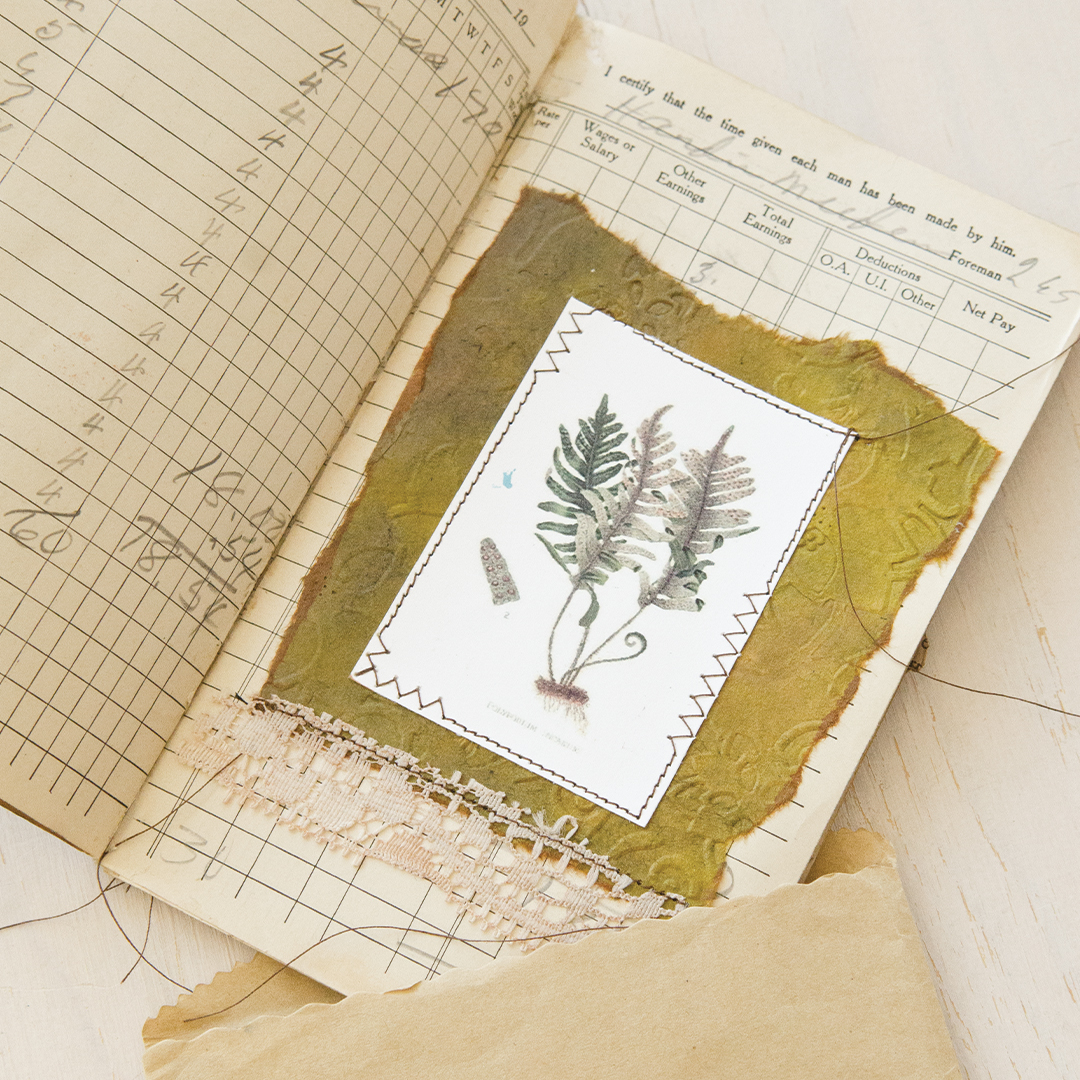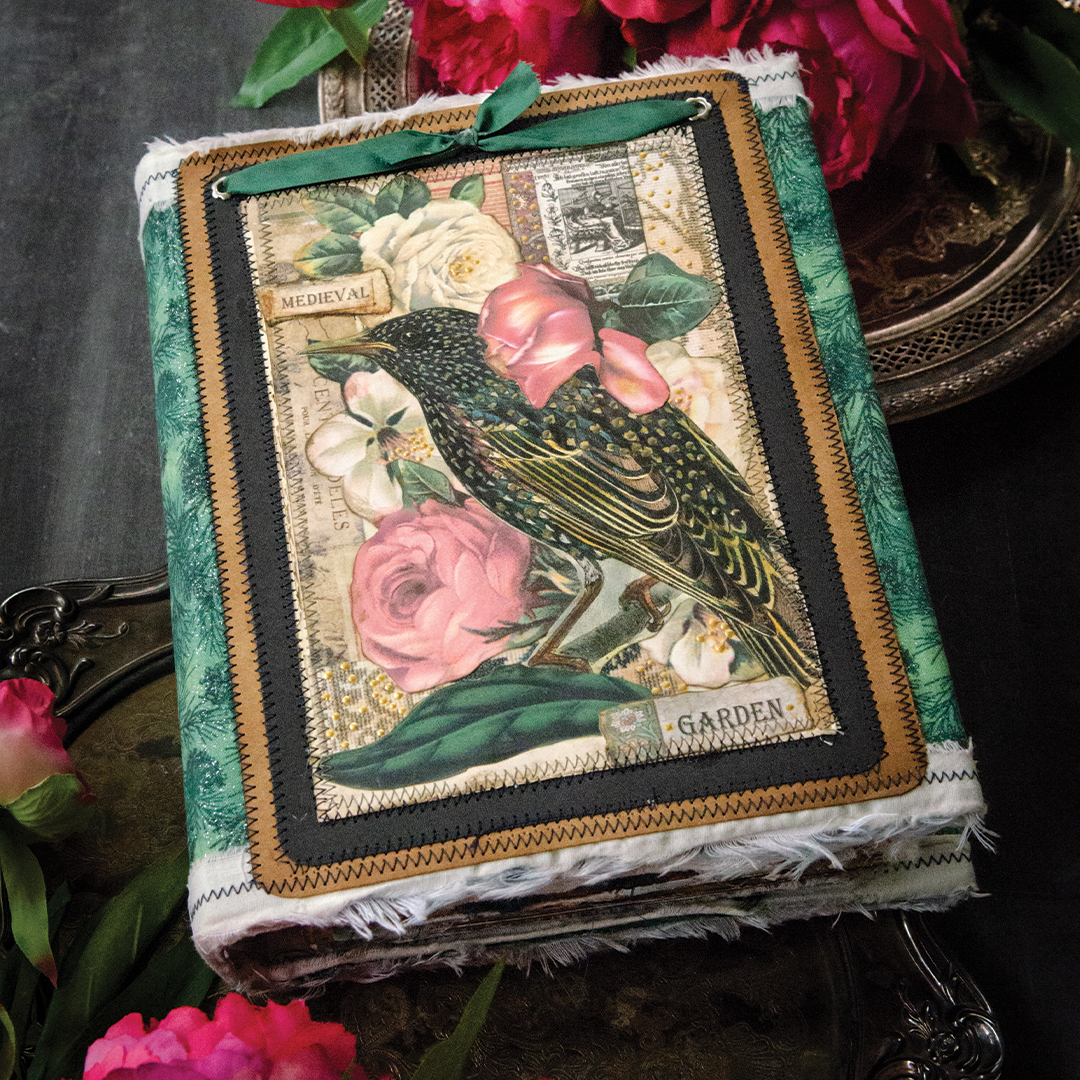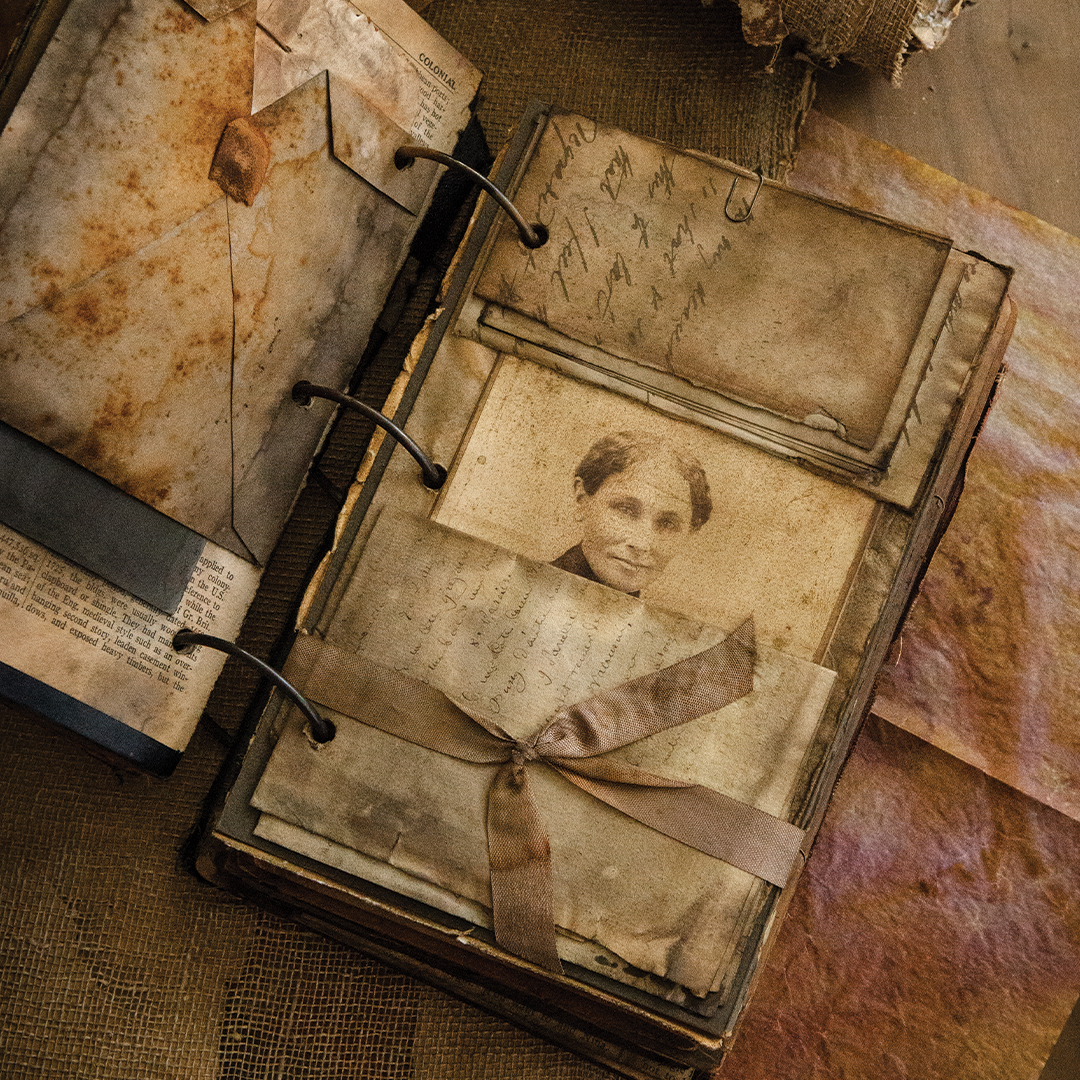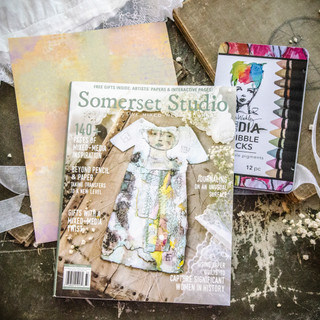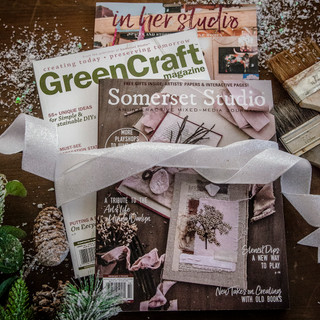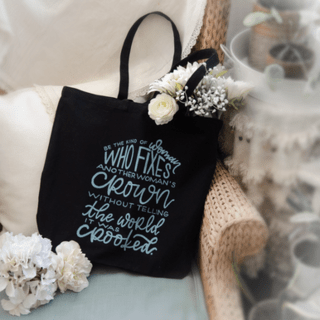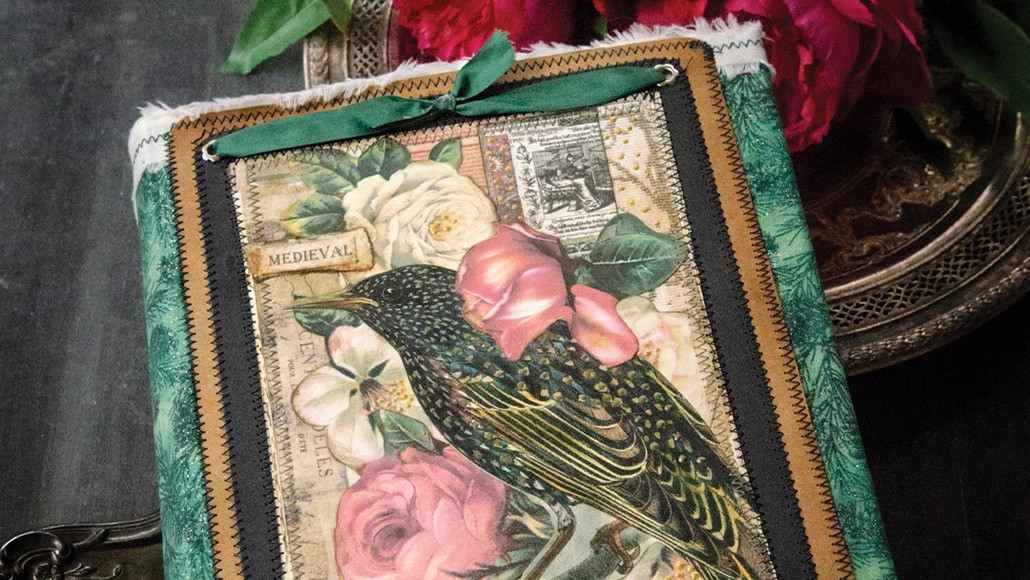
The Beauty of Altered Books in Mixed-Media Art
Oct 17th 2023
Picture a worn book, its weathered pages telling stories of a bygone era, now infused with a vibrant new identity. What was once a vessel of literature has turned into a canvas for creativity. Altered books are a distinctive mixed-media art form that can seamlessly blend ingenuity, upcycling, and storytelling. Read on to discover the beauty of book alteration, its techniques, and ideas for making altered book art.
Table of Contents
What are Altered Books?
Altered books are essentially existing books creatively repurposed and transformed into works of art. Artists often select old, disused books, giving them new life and meaning by integrating various artistic elements. This process involves altering the book's pages, covers, and structure to create visually appealing and conceptually engaging pieces. Not only is the goal to transform the book aesthetically, but it's also about imbuing it with new narratives and interpretations.
The History and Evolution of Altered Books
The concept of altering books can be traced back to the early 1900s, with artists like Marcel Duchamp incorporating collage elements into their work. However, it wasn't until the 1960s and 1970s that altered books emerged as a more distinct art form. This era saw the rise of the Fluxus movement and artists such as Dieter Roth and Tom Phillips, who played a pivotal role in popularizing the practice of altering existing texts and images.
The practice gained further momentum in the 1980s with the advent of postmodernism, as artists sought to challenge the conventional notions of art and redefine the boundaries between high and low culture. By the late 20th century, altered books had become a recognized form of mixed-media art, attracting a diverse community of artists and enthusiasts eager to explore the creative possibilities within the pages of books.
A Fusion of Narratives and Aesthetics
At the heart of the beauty of altered books lies the fusion of narratives and aesthetics. By repurposing existing pages, artists imbue books with new stories, emotions, and perspectives. Each altered book becomes a visual symphony, harmonizing the original content with the artist's creative vision.
How book alteration invites a reinterpretation of narrative is one of its most compelling aspects. This art form allows artists to subvert, challenge, or reimagine the original storyline, inviting viewers to question their preconceived notions and perceptions. Not only does this highlight the malleability of storytelling, but it also underscores the power of visual storytelling as a form of social and cultural commentary.
LISA MALLETTE⎟ SOMERSET STUDIO SUMMER 2022
Exploring the Creative Process
The transformation of a book into a work of art requires a delicate balance between preservation and alteration. Artists often choose books with a compelling visual or thematic element. They then use various techniques to manipulate the original content, such as collage, painting, drawing, and sculpting. By deconstructing and reconstructing the pages, artists can create multi-dimensional narratives that transcend the limitations of the original text.
The creative process behind altered books is as diverse as the artists themselves. Some may approach the task with a specific theme or message in mind, while others may allow the book itself to guide the direction of the artwork. Artists may seek to cut, fold, and rearrange pages to create new compositions and visual effects. Or, they may add additional materials, such as fabric, metal, or natural elements, to further enhance the tactile and sensory experience of the artwork.
Materials and Tools
Here's a comprehensive list of materials and tools used for book alteration.
Basic Materials
- Old Books: Books with sturdy bindings and quality paper to ensure they can withstand alterations
- Acrylic Paints: An array of colors to add vibrancy and depth to your altered book
- Adhesives: Glue sticks, gel medium, and Mod Podge to secure different materials onto the book's pages
- Collage Materials: A range of items, such as old photographs, magazine cutouts, fabric scraps, and decorative papers, to incorporate into your altered book
- Pens and Markers: Permanent markers, gel pens, and other writing tools to add intricate details and textural elements
- Scissors and X-Acto Knives: Essential for cutting and shaping various materials
- Brushes and Sponges: Assortment of brushes and sponges for applying paints and other mediums
- Embellishments: Buttons, beads, ribbons, and other decorative elements to enhance the visual appeal of your altered book
Optional Tools:
- Heat Gun: Useful for drying paints and creating unique textures
- Stencils and Rubber Stamps: Ideal for adding patterns and intricate designs to your altered book
- Embossing Powder and Heat Embossing Tool: For creating raised textures and designs
- Masking Tape and Washi Tape: Great for creating borders, frames, and unique designs within your altered book art
AMIE SEAHORN⎟ SOMERSET STUDIO OCTOBER 2018
Techniques for Altered Books
Altered books offer a vast canvas for experimenting with various mixed-media techniques. Here are some popular ones:
Collage and Layering
Collage forms the backbone of altered book art. Layering various materials, like fabrics and papers, adds complexity and depth to your artwork. Try different patterns and textures to create visually appealing compositions.
Painting and Mark-Making
Use acrylic paints and various mark-making tools to add vibrant colors and intricate designs to your altered book art. Incorporate techniques like sgraffito, dry brushing, and splatter painting to create visually dynamic, textured surfaces.
Image Transfer
Image transfer involves transferring printed or hand-drawn images onto the pages of your altered book. Experiment with different transfer methods, such as gel medium and solvent transfers, to add a unique touch to your artwork.
Text and Typography
Text and typography can add layers of meaning to your altered book. Experiment with hand-lettering, stencils, and printed text to convey powerful messages and narratives within your artwork.
Assemblage and 3D Elements
Integrate three-dimensional elements, like found objects, trinkets, and small sculptures, to create intricate and visually engaging assemblages within your altered book.
Embellishments and Decorative Details
Use beads, sequins, ribbons, and other embellishments to add a touch of glamor and intricacy to your altered book. These details can serve as focal points to elevate the visual appeal of your artwork.
JULIE ROHRER⎟ SOMERSET STUDIO AUTUMN 2023
Sources for Inspiration
When it comes to altered books, there are some avenues to explore for creative inspiration:
- Nature and the Environment
- Literature and Poetry
- Personal Experiences and Memories
- Art Movements and Historical Periods
- Contemporary Art and Mixed-Media Artists
Tips for Creating Altered Books
Prepare the Book
Prepare your book by reinforcing the spine and covers with additional glue or bookbinding tape. This step ensures that the book remains structurally sound throughout the alteration process.
Establish a Concept
Develop a clear concept or theme for your altered book before initiating the artistic process. Having a central idea or narrative in mind will guide your decisions and lend coherence to your artwork.
Balance Visual Elements
Focus on balancing between different visual components, such as color and texture. Create visual harmony by strategically placing contrasting elements to ensure a cohesive and visually engaging final composition.
Experiment with Different Techniques
Don't be afraid to experiment with various techniques and materials to discover unique artistic expressions. Embrace unpredictability and allow it to guide you towards innovative and unexpected outcomes.
Embrace Imperfection
Embrace the beauty of imperfection in your altered book art. Allow mistakes and spontaneous artistic choices to shape your artwork's narrative and visual appeal. This spontaneity fosters a sense of authenticity and raw creativity.
PATTY WOOTTON⎟ SOMERSET STUDIO WINTER 2022
Ideas for Making Altered Book Art
Smash Books and Junk Journals
Smash books are a form of mixed-media journaling, typically created using a book with unlined or lightly embellished pages. Meanwhile, junk journals are handmade books made from found and recycled materials. These are ideal for low-stakes and eco-friendly crafting, encouraging the use of spontaneous collages and found objects.
Blackout Poetry
Blackout poetry involves selectively concealing and highlighting words within a text, resulting in visually striking poems that transcend the original context.
Bound and Ring-Bound Journals
Bound journals are books carefully crafted using various binding techniques, such as stitching, gluing, or sewing. Ring-bound journals, on the other hand, use metal or plastic rings to hold the pages together. These journals offer customizable platforms for artistic exploration, allowing the incorporation of various mixed-media techniques.
Books with Secret Compartments and Book Boxes
These combine practical functionality with artistic ingenuity, concealing hidden compartments within altered book creations to serve as visually captivating artworks and functional storage solutions.
Folded Book Art
Folded book art is a creative and intricate technique that involves carefully folding the pages of a book to create three-dimensional designs and patterns.
Flip-Out Pages and Transferred Images
Flip-out pages refer to an interactive element commonly found in altered books and journals, where additional pages or panels are attached to the existing pages, giving space for expanded content or hidden surprises. Whereas transferred images seamlessly integrate printed or hand-drawn photos onto book pages.
Faux Antique Books
Faux antique books recreate modern books into vintage and antiquated replicas, emphasizing historical nostalgia and classical elegance.
Want more tips, instructions, and inspiration for creating altered books? Check out our Somerset Studio magazine. Peek inside, and you'll find 176 pages filled with mixed-media tips, techniques, on-trend projects, and artistic prompts.


